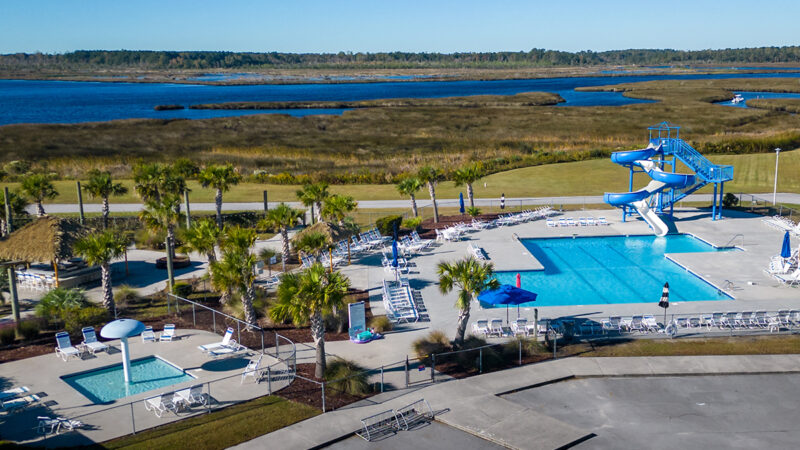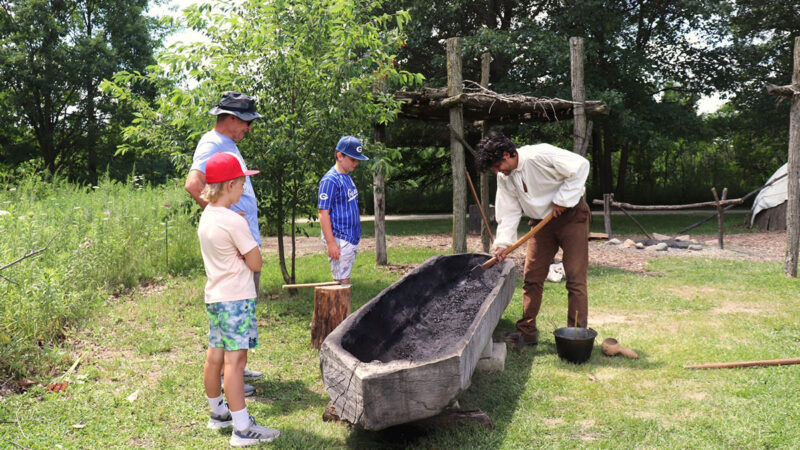Road Trips for Good: Along the Edge
For Oregon photographer Justin Myers, the coast has always been more than a spot on a map. It’s a coastline he travels, photographs, and camps every summer – where the wild beauty of the Pacific Northwest unfolds in ways both familiar and unexpected. But in recent years, that familiar coastline has shifted. Oregon’s kelp forests—the towering, underwater giants that hold the ocean’s ecosystem together—are disappearing. More than two-thirds of them are already gone, swept away by an ecological crisis that started in California and now creeps north, changing the landscape beneath the waves.
Years ago, Justin partnered with the Oregon Kelp Alliance (ORKA) to help tell this story and rally attention to what’s at stake. Working alongside researchers and lawmakers, ORKA has developed a plan to fight back—restoring deforested ecosystems, tracking their health, and raising the necessary funds to turn the tide.
This summer, with his family in tow, Justin took us on a road trip to explore his version of the Oregon coast. From Pacific City to Port Orford, they traveled through three of his favorite coastal spots – where ORKA is also working to bring these underwater forests back to life.
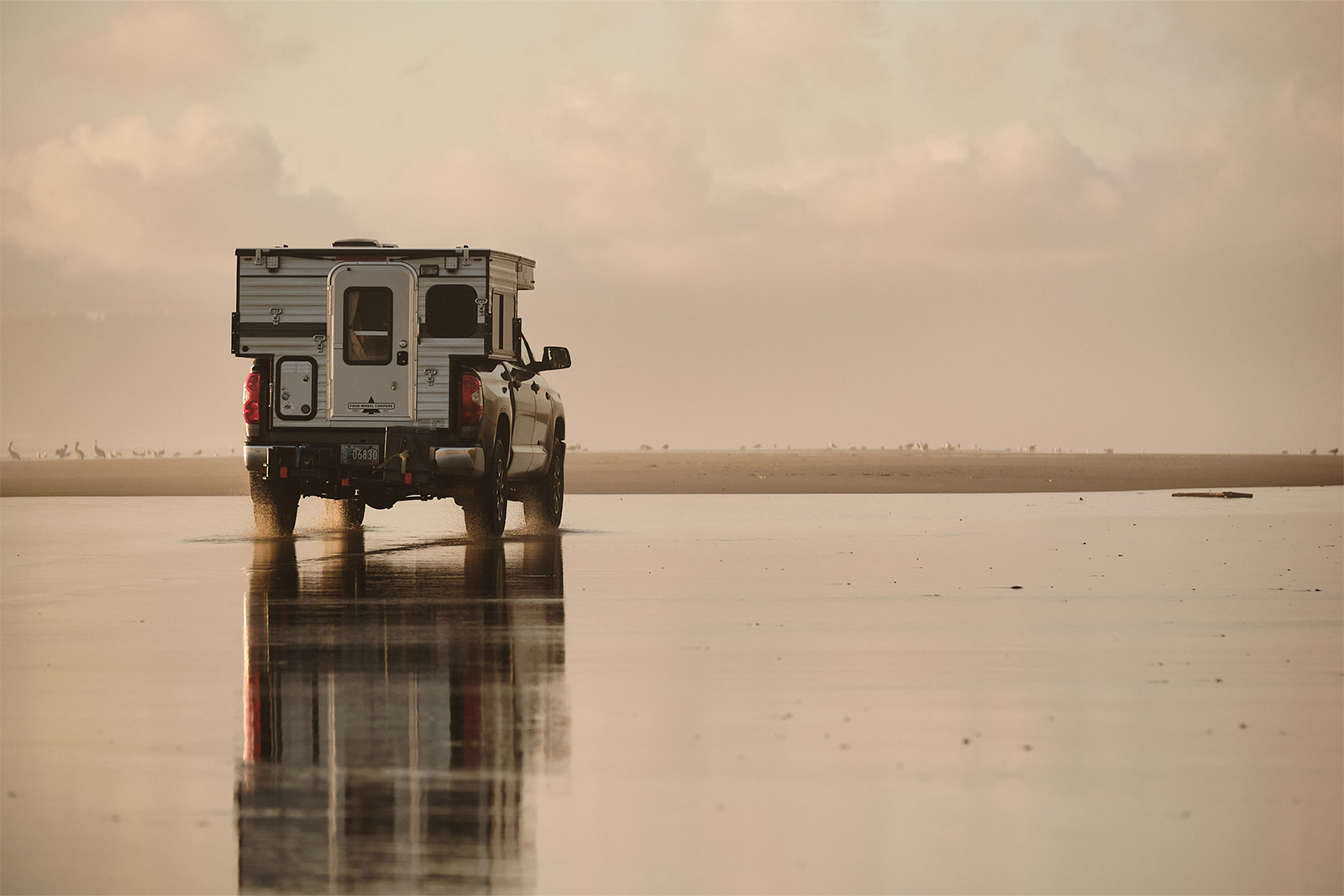
This journey is more than a scenic drive with pit stops along the way—it’s a reminder that this coastline, with all its rugged charm and hidden stories, needs our attention.
Spot 1: Pacific City – Where the ocean meets tradition.
(1.5 hours from Portland)
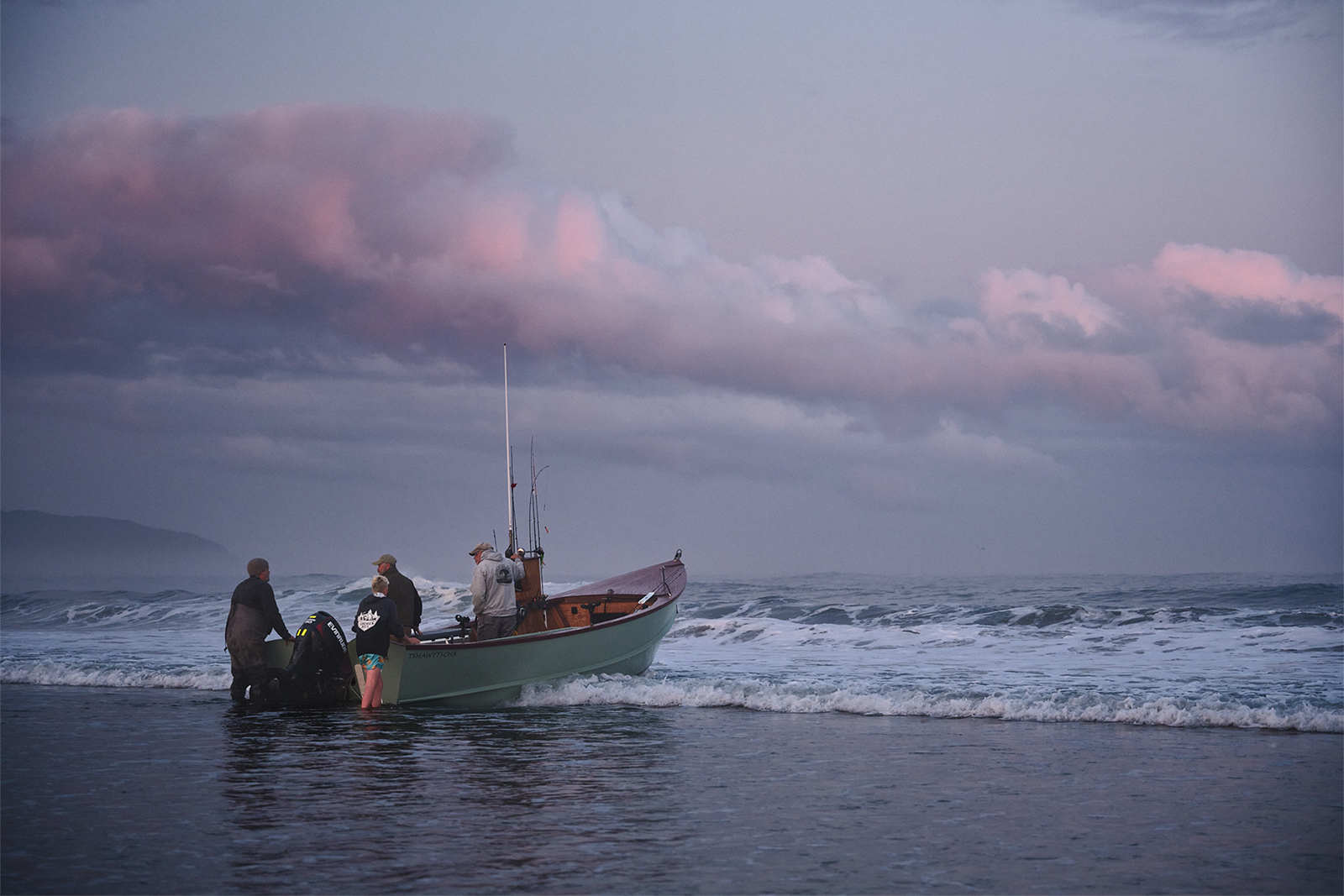
Start your trip in Pacific City, a small town with a big sense of place. Known for its dory fleet, where fishermen have launched their boats directly into the surf for over a century, Pacific City is also home to surfers who ride the waves off Cape Kiwanda.
Hart’s Camps.
A time capsule of vintage Airstreams, cottages and cabins, Hart’s Camp captures the warmth of simpler days while providing the creature comforts you’d expect from a luxurious getaway.
McPhillips Beach.
A short drive north, McPhillips Beach offers sweeping ocean views and a dramatic coastline that invites exploration. Justin tells us how the once-abundant bull kelp grew up to 10 inches a day, providing shelter and food for marine life. But with the overpopulation of purple urchins—unchecked due to the loss of sunflower sea stars—the kelp forests are now under siege.
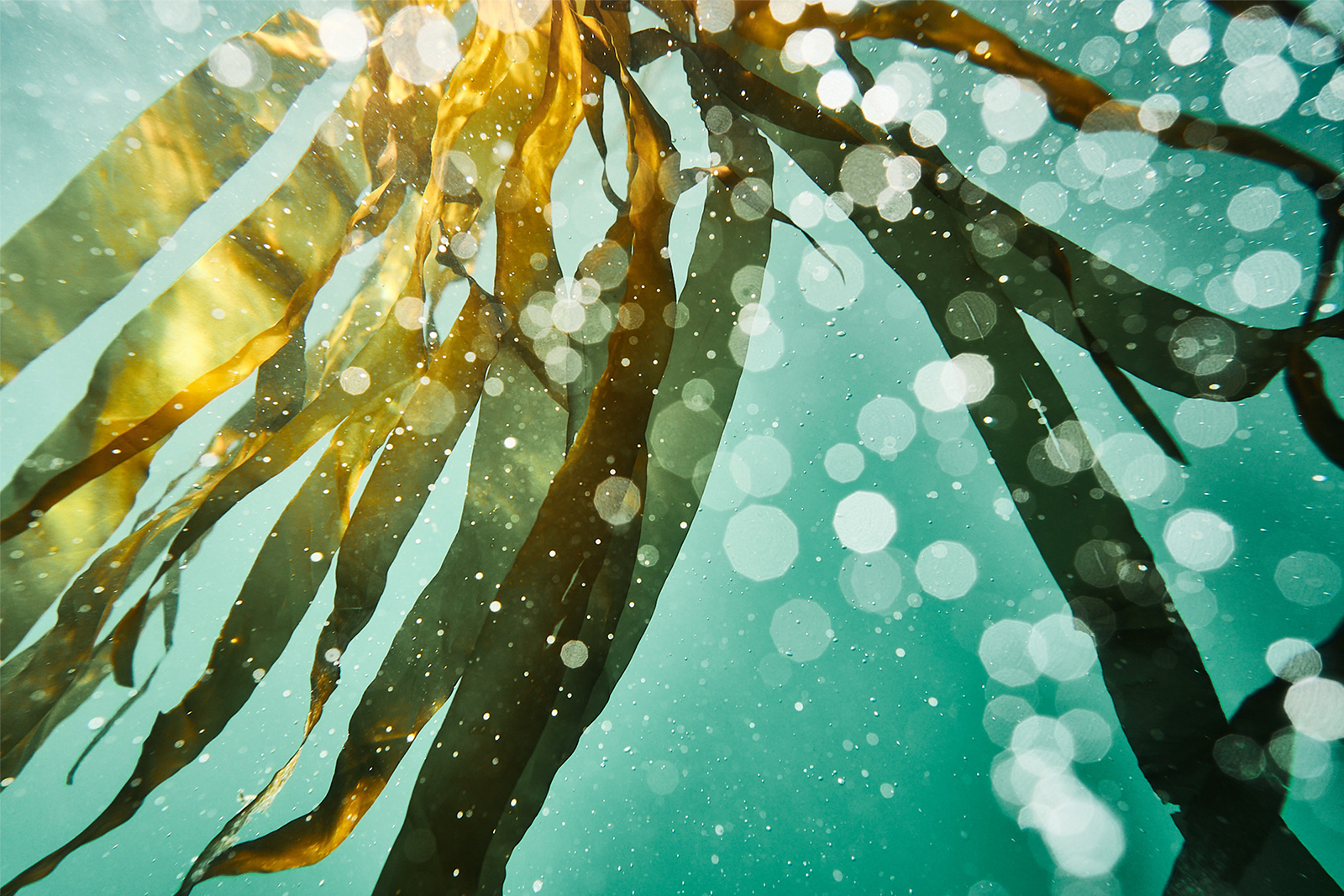
Stop for a bite.
Take in the ocean views over lunch at Pelican Brewery, a Pacific City institution. According to Justin, you can’t go wrong with any of the burgers or beers on the menu.
Spot 2: Port Orford – A working coastline.
(4 hours from Pacific City)
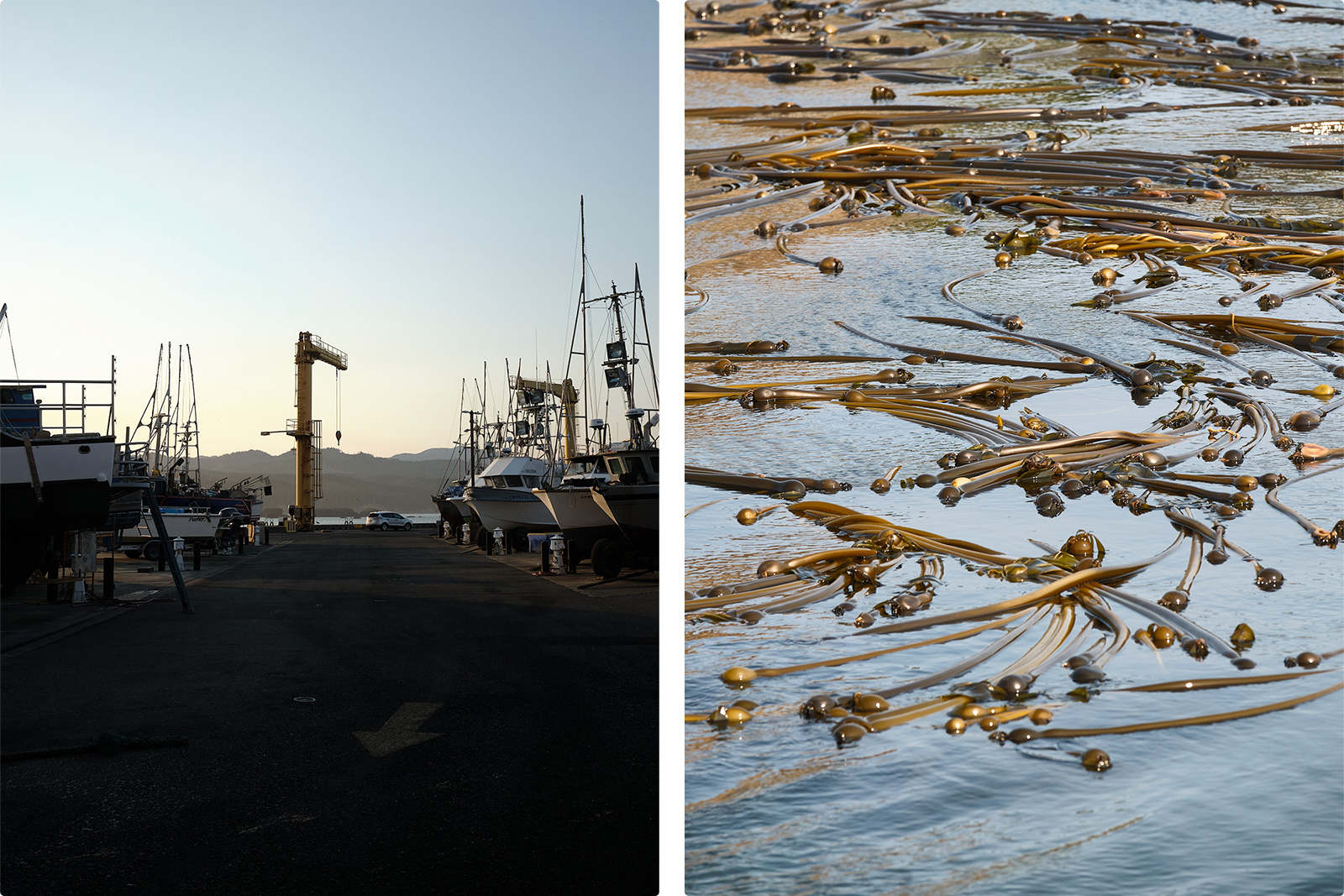
As the road winds south, you arrive in Port Orford, a fishing town with deep roots and a timeless quality and one of Justin’s favorite spots on the Oregon coast. Here, the past feels close enough to touch—boats are still pulled from the water on a dry dock, the last of its kind on the West Coast. It’s a great spot to surf or do some mountain biking. 7 years ago they started to notice the kelp decline and as a result the sea stars dying off.
South Coast Tours.
Book a kayak or boat tour with South Coast Tours to get a firsthand look at the coast’s underwater ecosystem. Ask for Dave Lacey – the boat captain and owner of South Coast Tours. Justin points out how the kelp forests have been damaged by the unchecked rise of purple sea urchins, which have overgrazed the kelp after the decimation of their natural predator, the sunflower sea star. Nearly wiped out by disease between 2013 and 2017, these sea stars are critical to restoring balance in the kelp forests, keeping the purple urchin population in check. Also, not to mention the toll it takes for folks like Dave – directly cutting into the bottom line of his fishing, kayaking, and whale-watching excursions.
Working closely with scientists and local volunteers, ORKA has launched an initiative to breed and reintroduce sunflower sea stars. They also run a citizen science program, encouraging local divers, fishermen, and even beachgoers to log their observations of marine life and kelp health.
Lunch on the go.
Justin likes to keep it simple when he’s eating on the road – usually opting for scrambled eggs or tailgate quesadillas – but while in Port Orford he says it’s always worth stopping by the Crazy Norweigen for some fish and chips.

Humbug Mountain State Park.
After your tour, hike one of Oregon’s tallest headlands. From its summit, you can take in sweeping views of the coastline.
Dinner in Town.
Head to Port Orford Sustainable, where fresh-caught seafood is served with an eye toward conservation. This local spot is a living testament to the sustainable practices that help protect the coast’s future.
Spot 3: Nellie’s Cove – A quiet place with a fragile future.
(15 minutes from Port Orford)
A short drive north brings you to Nellie’s Cove, a peaceful stretch of the coast where the decline of Oregon’s kelp forests feels all too real. This area, once rich with bull kelp, has seen the effects of deforestation firsthand. This decrease in the amount of kelp has ripple effects throughout the marine ecosystem, impacting species like abalone and rockfish, both of which depend on the forests for protection and food.
Explore the Cove.
Spend time walking along the shore. Justin shares how ORKA has identified this cove as one of six critical monitoring spots along the coast. In these locations, they have set up sensor arrays that track water temperature, acidity levels, and kelp health. These sensors help them predict the future of the forests and adapt their restoration strategies as environmental conditions shift. As the day winds down, stay for the sunset, where the sky melts into the Pacific in shades of orange and gold.
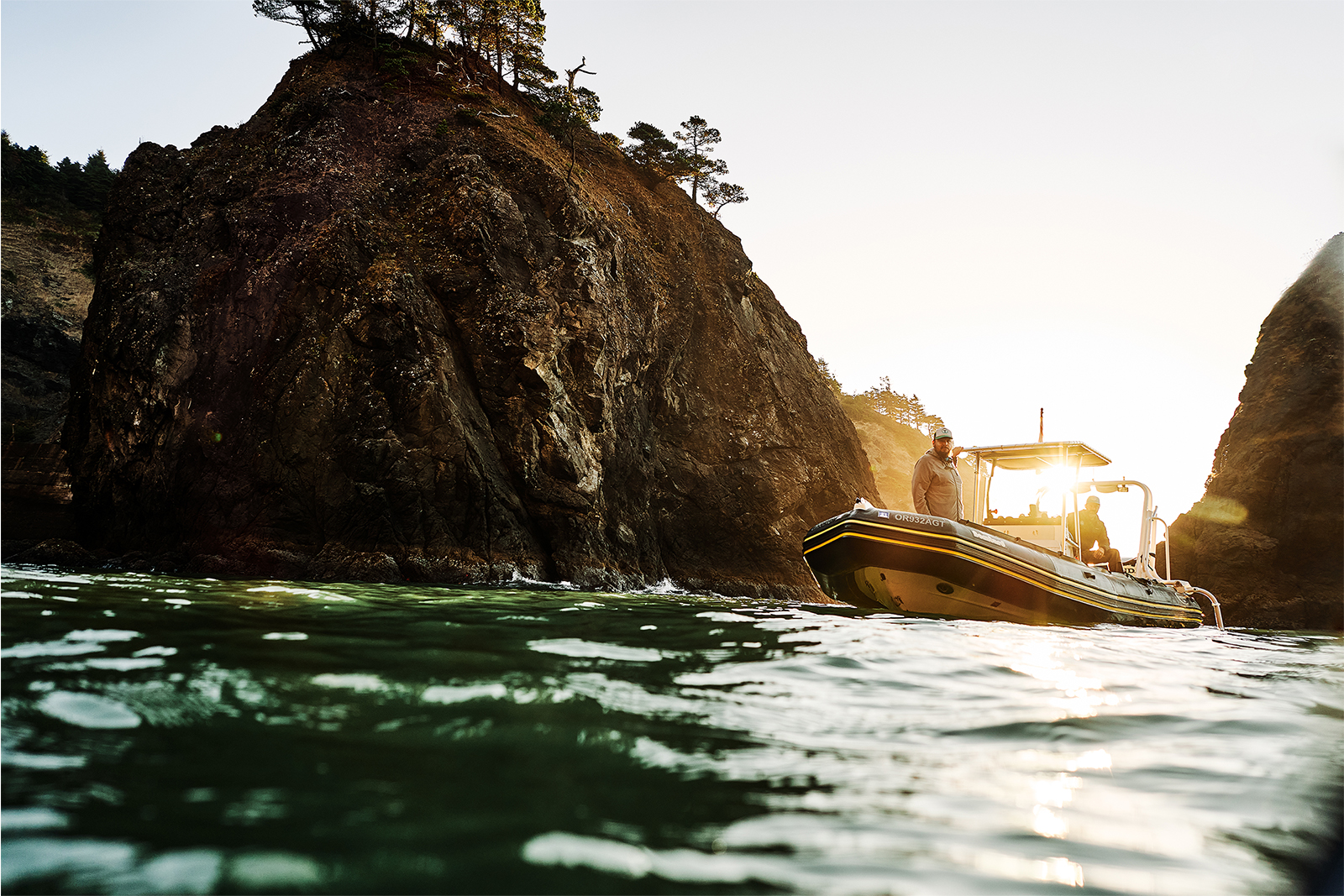
Preserving our future.
The loss of kelp forests isn’t just an underwater story—it ripples through everything. These ecosystems shelter marine life, support fisheries, and fortify coastal communities. Without them, species that depend on kelp for food and refuge vanish, unraveling the delicate balance of the ocean’s food web. Coastal economies, built on seaweed harvests and fisheries, begin to feel the strain. Beyond that, kelp forests act as nature’s shield, absorbing carbon and buffering shorelines from erosion. Without them, the tides of climate change and the sea itself gain ground. The stakes stretch far and wide—and while every road trip has an end, the story of Oregon’s kelp forests is far from over.
The Oregon coast, with all its rugged beauty and fragile ecosystems, is worth every effort to preserve for future travelers. And as you drive down these roads, past coves and cliffs, you’re becoming part of that story too. Or in Justin’s words, “As much as this is a story about loss, it’s also a story of hope and resilience.” He continues to find inspiration from the fishing towns and ORKA experts who continually do the right thing and fight to preserve these ecosystems.
And that work continues—restoring sunflower sea stars, partnering with local fishermen, and pushing for change to protect what’s left. But they can’t do it alone. If you’d like to get involved, even the smallest actions can make a difference.
- Donate to ORKA’s efforts
- Sign up for their newsletter to stay updated on the fight to restore Oregon’s kelp forests.
Because this place—these forests, these shores—needs more than just visitors. It needs protectors.
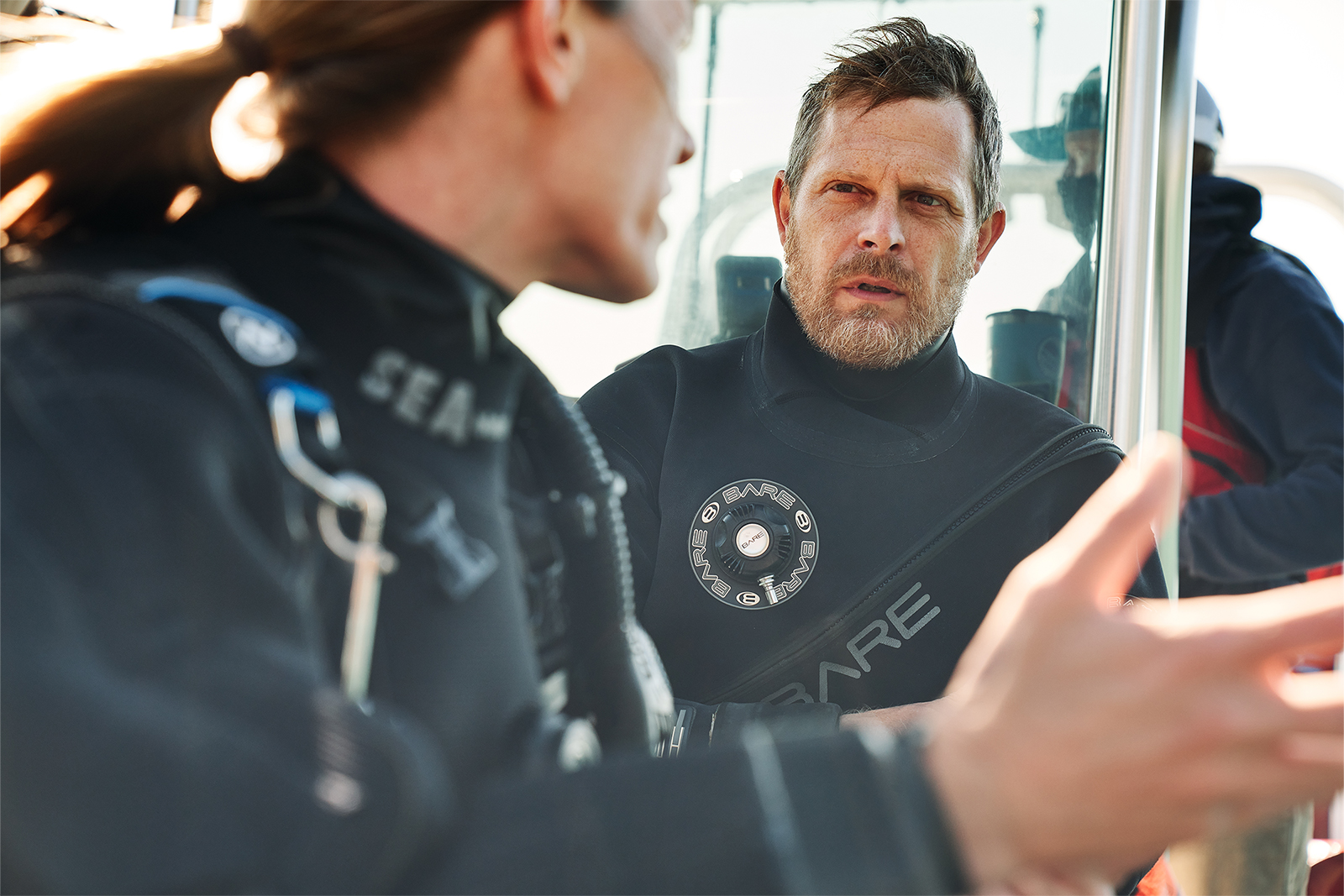
The post Road Trips for Good: Along the Edge appeared first on RV.com.
Source: https://www.rv.com/lifestyle-travel/road-trips-for-good/road-trips-for-good-along-the-edge/


